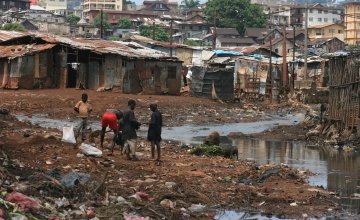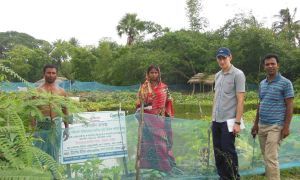
Read our 2023 annual report

Knowledge Hub
Disaster Risk Reduction programming in urban areas
This publication is a synthesis of lessons from more than a decade of Concern Worldwide’s Disaster Risk Reduction (DRR) programming in urban geographic contexts.

Based on research in Port au Prince, Haiti; Dhaka, Bangladesh; Nairobi, Kenya; and Freetown, Sierra Leone, this publication describes Concern’s approach to DRR and offers lessons and guidance on how to use DRR to address hazards typically found in urban areas – conflict, criminality, discrimination and marginalisation, unemployment, price spikes, contagious diseases, floods, and fires.
The publication presents lessons learned in the following areas:
• Risk analysis
• Building social inclusion
• Service provision
• Preparedness and response to crisis
The publication is part of a series documenting Concern’s approach to disaster risk reduction. The series consists of five context papers focusing on DRR approaches in mountainous, dryland, coastal, urban, and riverine contexts. A sixth paper, 'Disaster Risk Reduction for Community Resilience', synthesizes conclusions from these context papers and identifies how Concern uses DRR to build community resilience. Key lessons are highlighted in the learning brief ‘What we have learned’. The series is the output of a two-year project documenting Concern's approach to DRR and involving empirical research across 10 countries.




